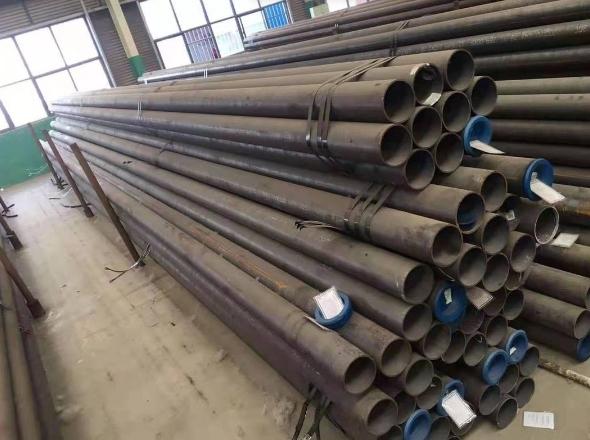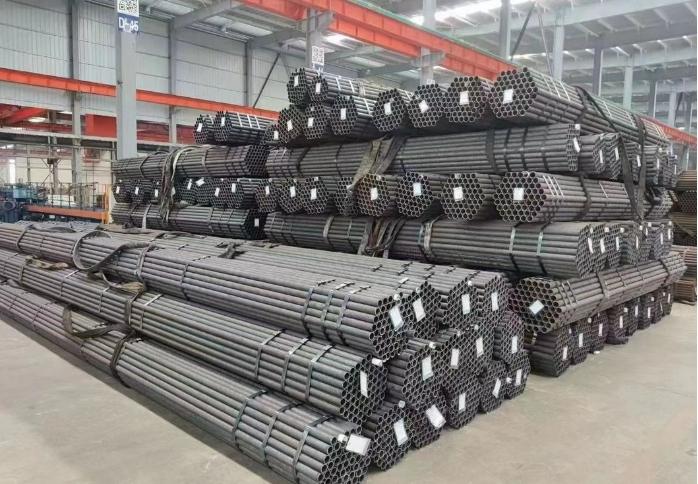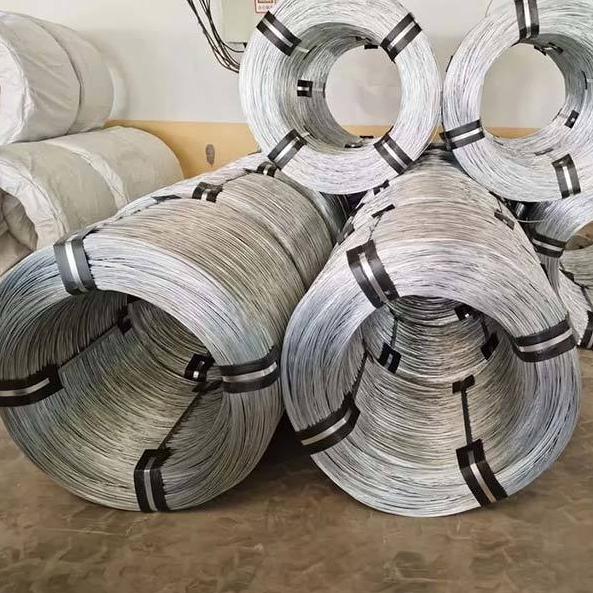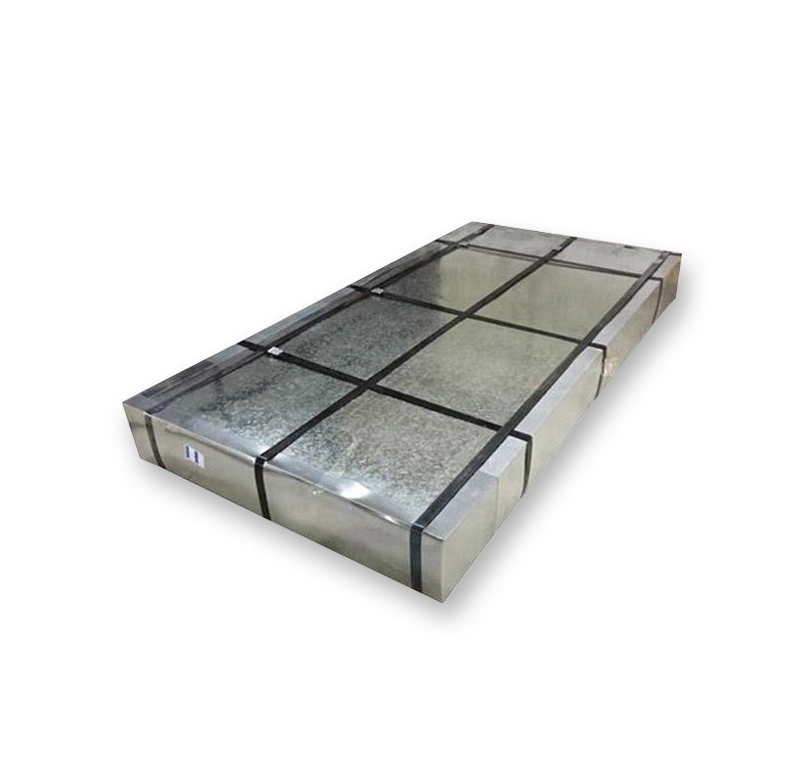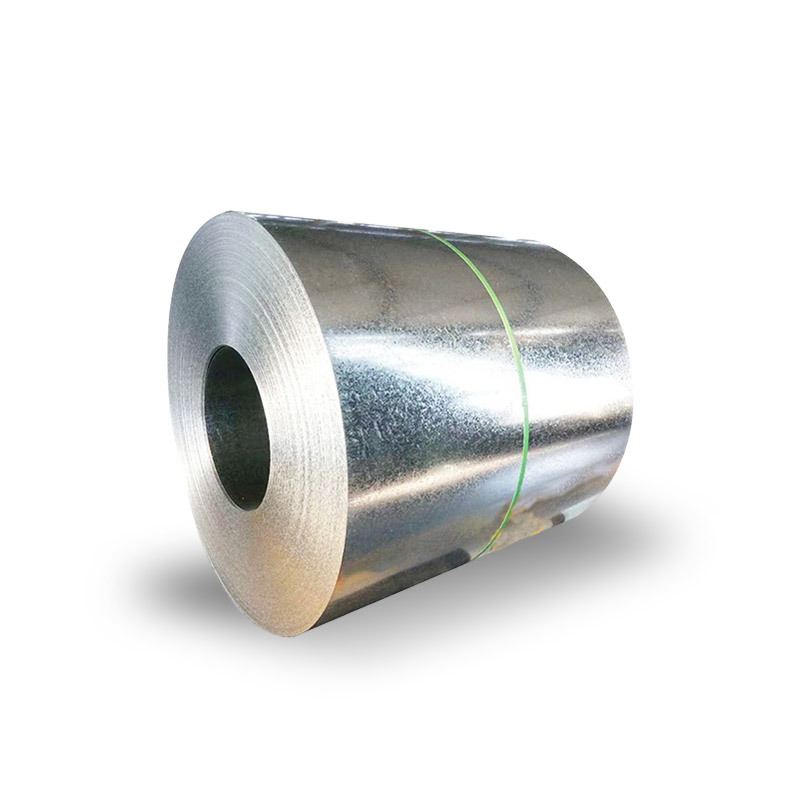Why Carbon LSAW Steel Pipe Quality Impacts Infrastructure Safety
Choosing the wrong carbon LSAW steel pipe supplier risks catastrophic failures. In 2022, a Mexican oil pipeline ruptured due to substandard API 5L X65 pipes with improper submerged arc welding (SAW) penetration. Trusted manufacturers ensure precise longitudinal seam quality, verified through UT/RT testing and compliance with ASTM A53/A106 standards.
Key Stat: 58% of pipeline leaks occur in LSAW pipes with wall thickness deviations >8% (ASME B31.4 Integrity Report).
Carbon LSAW vs. SSAW Steel Pipes: Critical Differences
| Factor | LSAW Pipes | SSAW Pipes |
|---|---|---|
| Seam Position | Longitudinal | Spiral |
| Wall Thickness | 6–75 mm | 6–25 mm |
| Applications | High-pressure oil/gas | Low-pressure water systems |
| Defect Detection | Easier (straight seam) | Challenging (spiral seam) |
LSI Keywords: Submerged arc welding process, API 5L pipe specifications, steel pipe manufacturing.
⚠ Warning: Avoid manufacturers skipping hydrostatic testing – 29% of LSAW pipe failures stem from undetected pinholes (Pipeline Safety Trust).
5-Step Protocol to Source Quality Carbon LSAW Steel Pipes
- Verify Certifications: Demand API 5L/5CT, EN 10219, and ISO 3183 compliance.
- Inspect Welding Processes: Confirm automated SAW with Lincoln Electric or ESAB systems.
- Analyze MTRs: Check carbon content (0.12–0.20% for X42 grade), yield strength (≥290 MPa).
- Test Dimensional Accuracy: Use laser scanners to validate OD (±0.75%) and WT (±7.5%).
- Audit Coating Systems: For corrosion resistance, require 3LPE coatings meeting CSA Z245.21.
Pro Tip: I once caught a supplier’s fake ISO 9001 cert by cross-checking their accreditation number online during a Zoom audit.
Top 3 Carbon LSAW Pipe Procurement Mistakes (Avoid Now!)
Mistake 1: Prioritizing price over Charpy V-notch test results.
Fix: Require ≥27J impact energy at -20°C for Arctic pipelines.
Mistake 2: Ignoring traceability codes.
Solution: Insist on EN 10204 3.1 certificates with heat numbers matching pipe stencils.
Mistake 3: Assuming all LSAW pipes are equal.
Avoid: API 5L X70 pipes need 0.06% max sulfur content to prevent HIC cracks.
Case Study: How Proper QA Saved a $18M Offshore Project
When Shell needed 12km of API 5L X65 LSAW pipes for deepwater drilling, they:
- Pre-qualified 6 manufacturers via VR mill tours
- Conducted real-time UT testing during production
- Hired DNV-GL inspectors for third-party validation
Result: Zero weld defects despite 200-bar operating pressures.
Cutting-Edge Innovations in LSAW Pipe Production
Leading manufacturers now deploy:
- AI Weld Monitoring: Reduces porosity defects by 93% using neural networks (Tenaris, 2023).
- Laser Calibration: Ensures ±0.5% OD accuracy vs. traditional ±1.2% (Jindal SAW Ltd).
- Blockchain MTRs: POSCO’s encrypted QR codes prevent document forgery.
Hot Take: Manufacturers without automated UT systems will lose 60% of oil/gas clients by 2026.
Checklist: Carbon LSAW Steel Pipe Inspection Protocol
Before approving shipments:
✅ Confirm API monogram on pipe body (5L/5CT)
✅ Validate SAW wire composition (AWS A5.17/5.23)
✅ Test hardness (HB ≤ 225 for sour service compliance)
✅ Inspect bevel angles (30°±5° for field welding)
✅ Ensure internal cleaning per SSPC-SP 1 standards
Final Insight: Carbon LSAW steel pipes form the backbone of critical infrastructure—don’t gamble on unverified suppliers. While costs matter, prioritize manufacturers with robotic welding systems and transparent QA processes. Remember: A supplier that invites you to witness hydrotesting cares more about your project than one offering “too good to be true” pricing. Now go build your bulletproof procurement plan!


